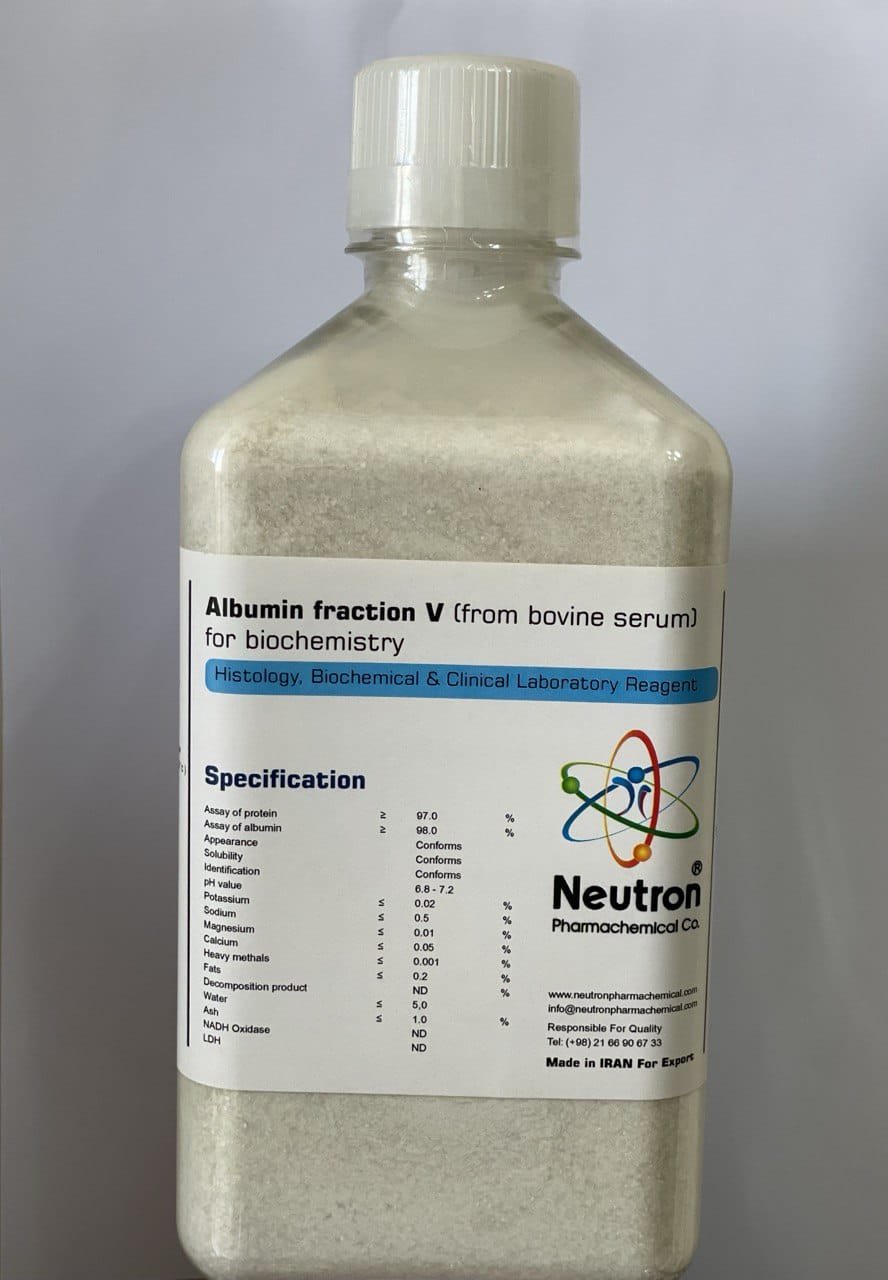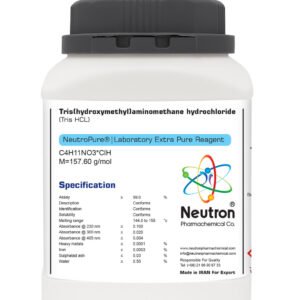Bovine Serum Albumin (BSA or “Fraction V”) is a protein derived from cow blood. The name “Fraction V” comes from the Edwin Cohn fractionation method used to separate plasma proteins. BSA is structurally similar (76%) to human serum albumin and is widely used in laboratory experiments.
🏭⚗️ Function
BSA helps maintain oncotic pressure in blood vessels and transports fatty acids, hormones, bilirubin, and drugs. It acts as both an antioxidant and anticoagulant. BSA has multiple binding sites: “Site 1” in subdomain IIA binds substances like salicylate and sulfonamides; “Site 2” in subdomain IIIA binds aromatic compounds like thyroxine and tryptophan.
🧪 Applications
• Used as a model protein for human serum albumin
• Acts as a blocker in immunohistochemistry to reduce background noise
• Stabilizes enzymes in restriction digests
• Used in ELISA, western blot, and immunohistochemistry
• Serves as a nutrient in cell and microbial cultures
• Used in Bradford assay to quantify proteins
• Enhances signal in biochemical assays
• Used in PCR to counteract enzyme inhibitors
• Serves as a template in nanostructure synthesis
• Main protein in fetal bovine serum, used for cell culture
BSA is favored for its stability, availability, low cost, and minimal reactivity in many lab protocols.
⚠️ Safety
Bovine Serum Albumin (BSA) is considered non-toxic and non-hazardous under normal laboratory use. Avoid inhalation and contact with eyes or skin. Use standard laboratory PPE when handling.




